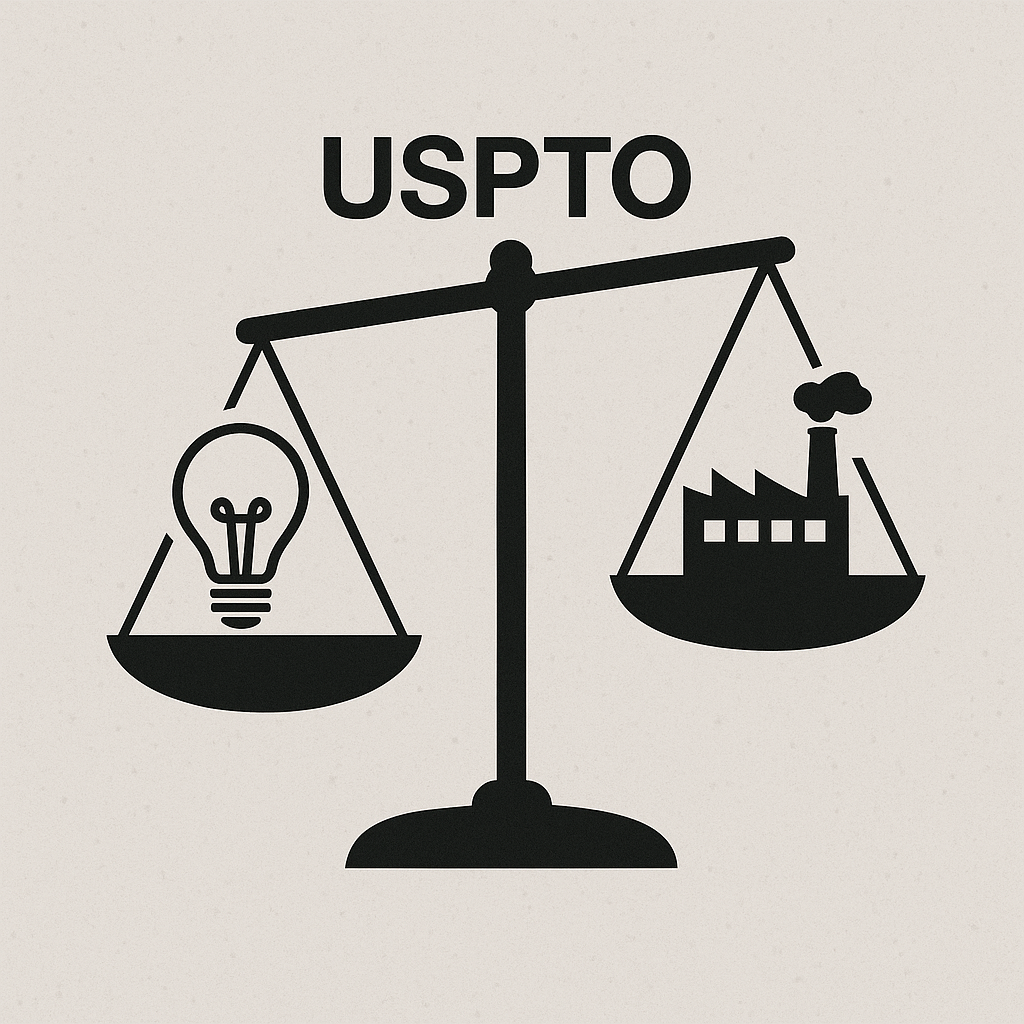AIA’s Pendulum Swings Back: USPTO Proposes Limits on Serial IPR Petitions
By Dylan H. Jaggar, Senior Manager
On October 17, 2025, the U.S. Patent and Trademark Office (USPTO) issued a notice of proposed rulemaking outlining significant changes to inter partes review (IPR) practice before the Patent Trial and Appeal Board (PTAB). The Office states that the proposal is intended to “promote fairness, efficiency, and predictability in patent disputes,” particularly where patent validity has already been addressed or where parallel litigation is moving faster than the PTAB.
While IPR was adopted under the America Invents Act (AIA) to provide a faster, cost-effective alternative to district court litigation, the USPTO now seeks to curtail what it describes as duplicative and strategic challenges that increase costs and undermine the reliability of patent rights.
Key Elements of the Proposed Rule Changes
The proposed rules would:
Require petitioner stipulations. If an IPR is instituted, petitioners would be required to stipulate not to raise any § 102 or § 103 invalidity grounds based on any prior art, including “system” art, in any other forum.
Preclude institution after prior adjudication. The PTAB would not institute an IPR if the challenged claims have already been adjudicated for validity unless the earlier decision has been vacated or reversed.
Decline institution when district court is likely to decide first. The PTAB would not institute or maintain an IPR if it is “more likely than not” that a parallel proceeding (e.g., district court or ITC) will resolve validity first.
These changes would functionally limit parallel litigation strategies and reduce the likelihood of overlapping validity determinations.
IPR’s Original Purpose Under the AIA
When Congress created IPR in 2011, it described the proceeding as a streamlined alternative to litigation. Policymakers sought to:
Improve patent quality through expert agency review,
Increase uniformity by shifting technical validity questions from juries to the USPTO,
Reduce the cost of patent disputes, and
Accelerate resolution via a 12-month statutory decision period.
This replaced inter partes re-examination, which by that time was widely criticized for slow timelines and strategic abuse.
Yet even during AIA development, there were warnings that post-grant review could be weaponized. Senators Feingold and Coburn cautioned that repeated administrative validity reviews could devalue patents, hinder licensing, and prolong disputes with little corresponding benefit. They warned:
“It thus bears considering the problems with the current system of inter partes re-examination and the burdens that it imposes on patent owners. These are, in summary: it costs a patent owner hundreds of thousands of dollars to defend his patent in these proceedings; it is difficult to license or enforce a patent during the pendency of a re-examination; the threshold for initiating the proceeding is so low that 95% of all requests are granted; the proceedings typically last for several years; and competitors and infringers are allowed to bring serial challenges to the same patent.” Source
Realizing Long-Standing Concerns
The USPTO now cites these same concerns in support of the proposed rulemaking:
“When IPR proceedings cover the same ground as district court litigation, they cease to be an ‘alternative’ and can substantially increase litigation costs. That is the opposite of what Congress intended. Serial or parallel IPR proceedings can also be wasteful, because they consume Office and party resources re-litigating issues that the Office is considering, has already considered, or that are being litigated elsewhere, such as in district court or at the U.S. International Trade Commission (ITC). Finally, multiple challenges to the same patent through IPRs jeopardize the reliability of patent rights and incentives to invest in new technologies.”
The data is notable. According to the USPTO:
Approximately 54% of all IPR petitions are one of multiple petitions filed against the same patent.
Over 80% of IPRs involve co-pending district court litigation where the same party is challenging validity.
In some industries, IPR is filed as a matter of course after complaints are served, often regardless of the strength of the prior art. This has contributed to a system in which IPR can supplement, rather than substitute for, federal litigation. These patterns are what the proposed rules are designed to address.
Practical Implications for Patent Litigation Strategy
The proposed rules would have several foreseeable effects:
Petitioners would face greater pressure to select a single forum for validity disputes.
Patent owners could see increased certainty where claims have already been upheld.
Strategic timing, particularly around district court schedules, would take on an even more central role.
District judges’ willingness to stay litigation pending PTAB review may become a critical practical determinant of forum choice.
The rules may deter weak or tactical petitions but may also reduce opportunities to challenge questionable patents when district litigation moves quickly.
Conclusion: A Rebalancing, Not a Retrenchment
Patent policy has long involved balancing two competing objectives: rewarding innovation with reliable exclusive rights and preserving competition by ensuring that invalid patents do not block market entry. If the pre-AIA inter partes re-examination system favored patentees by making validity challenges slow and costly, and the post-AIA era IPR arguably tilted toward challengers by enabling repeated, parallel reviews, the USPTO’s proposal represents an attempt to draw nearer to equilibrium.
The new rules do not eliminate IPR as a tool for contesting patent validity. Rather, they are designed to ensure that IPR functions as the AIA envisioned: as an alternative to litigation, not an additional layer of it. Whether these changes ultimately improve efficiency and predictability will depend on how the PTAB, district courts, and litigants apply them in practice.
Key Takeaways:
The USPTO has proposed rule changes that would limit duplicative and parallel validity challenges between the PTAB and district courts.
The proposed rules address now-realized concerns of policymakers expressed during the development of the AIA.
The proposal is intended to refocus IPR on being an alternative to litigation - not an additional, overlapping layer - and reflects concerns that serial challenges may undermine patent certainty.
The ultimate system-level impact will depend on how district courts approach litigation stays and how parties adjust their strategic timing.

